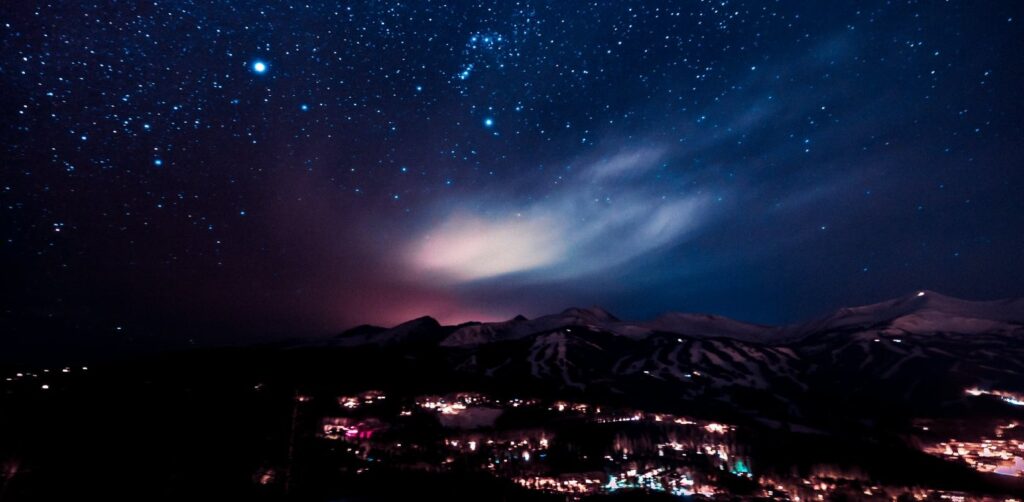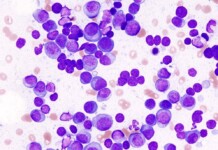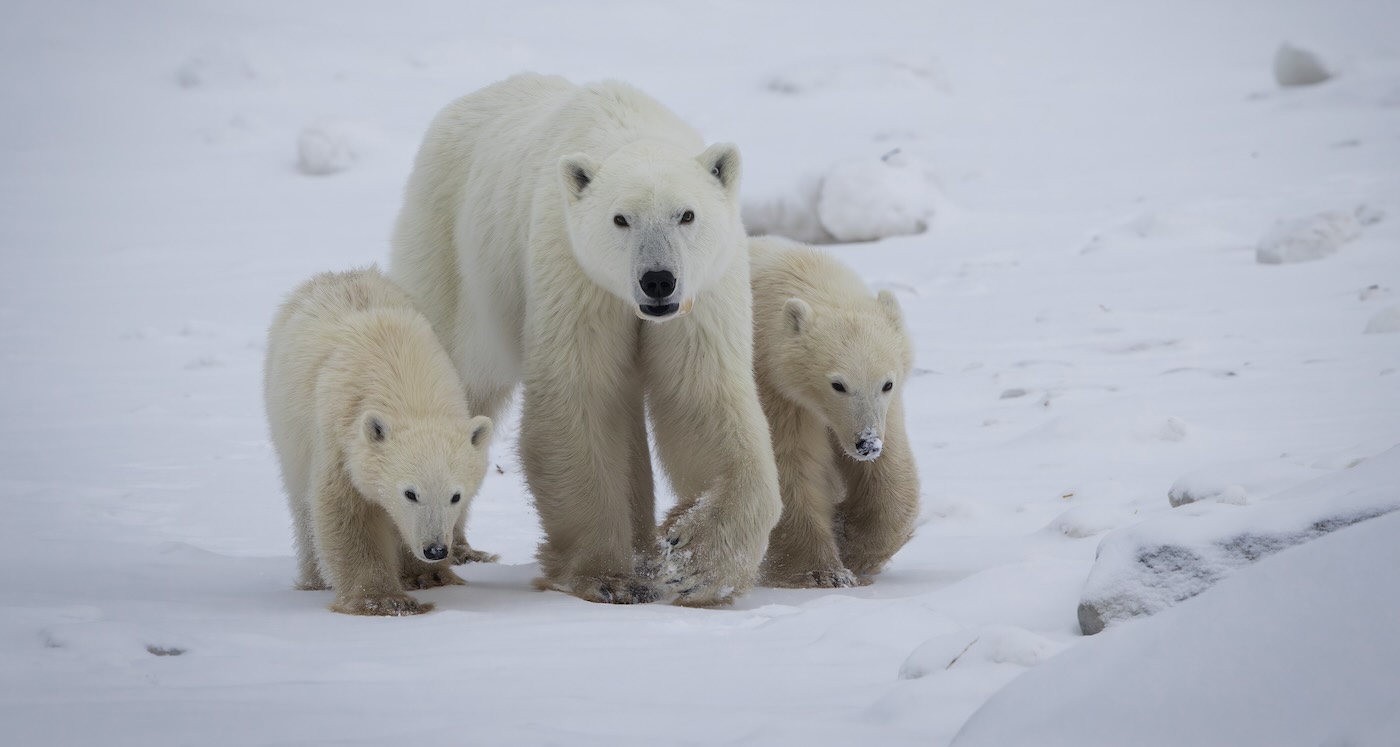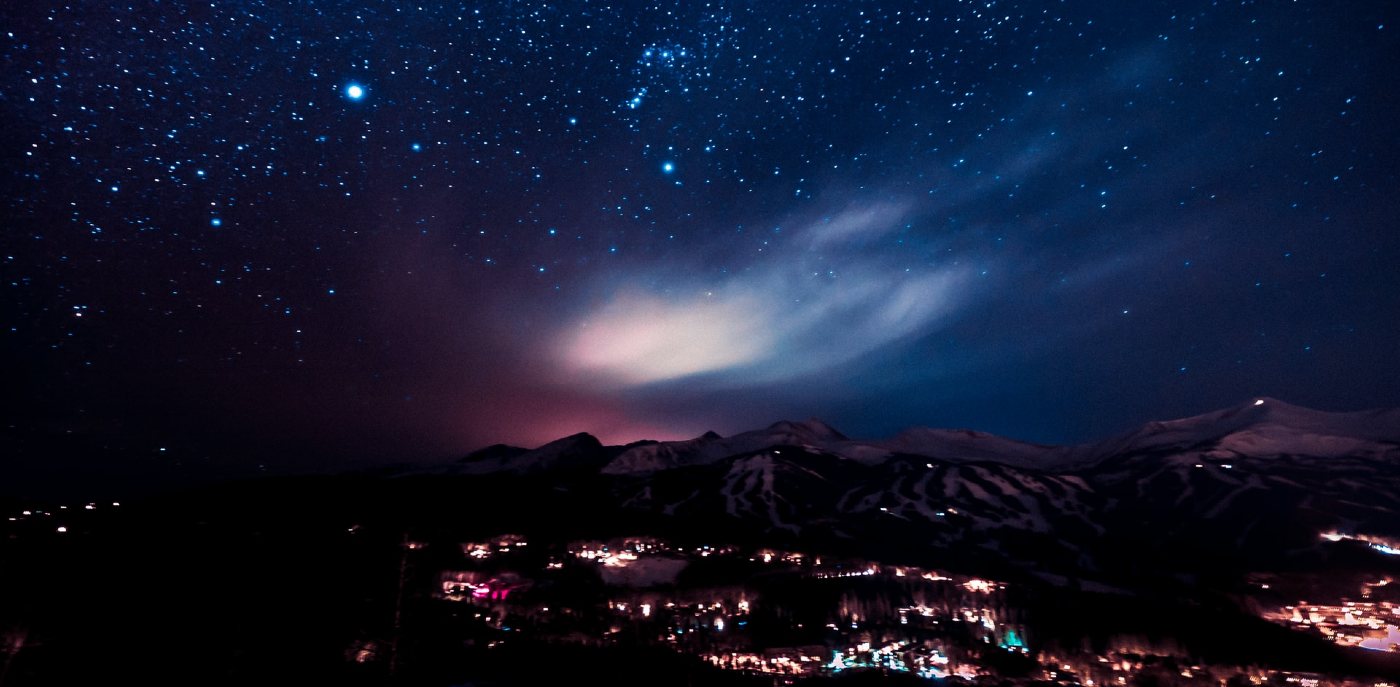Look up at the night sky on winter solstice this year, and you’ll be able to catch a rare sight. On December 21, Jupiter and Saturn will appear closer to one another than they have in eight centuries.

Alignments between the planets, known as a ‘conjunction’, is “rather rare,” Rice University astronomer Patrick Hartigan explained in a statement, “but this conjunction is exceptionally rare because of how close the planets will appear to one another.”
The last time these gas giants appeared so closely, at a visible separation of only 0.1 degrees, was in the Middle Ages: at predawn on March 4, 1226.
Of course, the appearance of the ‘Christmas Star’ or ‘Star of Bethlehem’—so named because the closeness of the planets creates a shining point of light—is a phenomenon only observed from Earth. In reality, Jupiter and Saturn remain millions of miles apart.
Where to see the ‘Christmas Star’
Saturn and Jupiter have been moving steadily closer to each other since summer 2020.
Taking the time to look for these planets over the coming nights is worth it. “You can watch [the planets] move which is super cool, because you’re actually seeing planets in orbit” Hartigan told USA Today, and watching for the pair coming together before solstice night will make identifying them that bit easier on the 21st.
Though visible around the world, the best place to see the conjunction is close to the equator, between dusk and just after nightfall, when the sky is dark enough for fainter Saturn to appear, but when it’s not so late that the planets have moved below the horizon for the evening.
Looking low on the western horizon, on winter solstice the two planets will appear to be separated by less than a fifth of the diameter of a full moon.
If you can access a telescope, several of the planets’ largest moons will also be visible in the same field of view that night.
If it’s cloudy where you are on December 21? Jupiter and Saturday will still appear extra near to each other for the week surrounding solstice. And if you miss the phenomenon completely? There’s always March 15, 2080. That when the next close conjunction of the planets is expected to occur.
SHARE The Out-of-This-World News With Pals on Social Media…




















